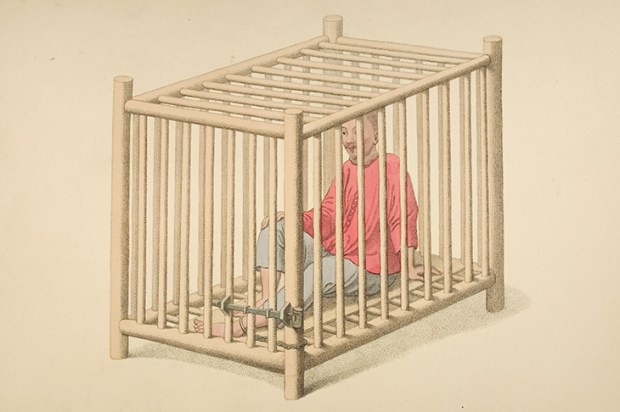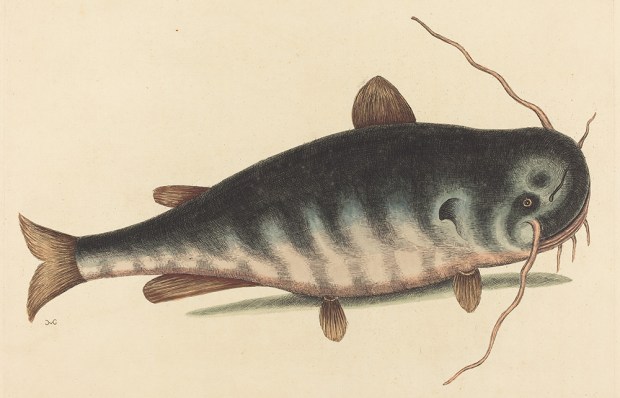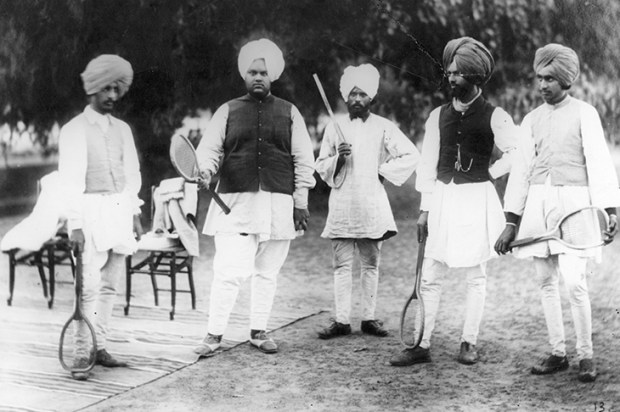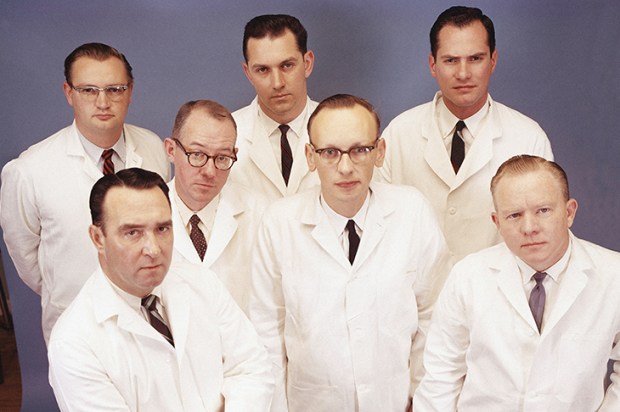Calling all lovers of our language – the semicolon is at risk of becoming extinct! Forget about the bilby or the red-throated tree frog, it’s the semicolon that really faces extinction. According to research by the language learning software Babble, the use of the semicolon is in steep decline – back in the year 2000 it appeared once in every 205 words, but this year it only appears once in every 390 words. And research by Lisa McLendon, author of The Perfect English Grammar Workbook, found that more than half of British students didn’t know or understand how to use a semicolon. In a survey sent to the London Student Network’s 500,000 members, 67 per cent of respondents admitted to never or rarely using one. Why? Why is the poor, harmless little semicolon under such threat? Part of the answer is texting – in which any sort of punctuation marks are rare, especially among the young (and the same is true, to a slightly lesser extent, of their emails).
The other reason is because of the education system which spent 40 years not teaching grammar, and regarding all punctuation marks as pointless little black marks. But the semicolon is a useful little mark that it would be sad to lose. It seems to have been invented by Italian scholar and printer Aldus Pius Manutius the Elder in 1494. The semicolon is defined by the Oxford as, ‘A punctuation-mark consisting of a dot placed above a comma (;)’ to which the Oxford helpfully adds, ‘In present use it is the chief stop intermediate in value between the comma and the full stop; usually separating sentences the latter of which limits the former, or marking off a series of sentences or clauses…’ If that’s a bit baffling, think about it this way. If you are making a series of statements on a topic, you can make them separate short sentences. But to show how those short statements link together to paint a picture, you make them one longer sentence in which each statement is marked off by a semicolon. Never use a semicolon between phrases (groups of words without a verb); only between clauses (groups of words that include a verb). So, let’s stop the semicolon from going the way of the dodo; let’s think about how we can use this delightful little mark (even in texts and emails); celebrate it as the intriguing grammatical gift that it is – and so stop it being written out of existence!
Speccie reader Ida asks where the expression ‘letting the cat out of the bag’ comes from. It comes from an ancient confidence trick in which a huckster at a village fair would offer to sell a nice, fat little piglet to a gullible local, and, having taken his money, hand over the piglet in a bag or sack. But when the local got back home and opening the bag all he found inside was a wriggling cat. Except sometimes the trick went wrong and the cat escaped. That was ‘letting the cat out of the bag’. This confidence trick also gave rise to another expression. Because the bag or sack was also called a ‘poke’ (a word we still use today, because a ‘pocket’ is a small poke). And buying something you could not see was buying ‘a pig in a poke’.
Have you ever been told to ‘wake up and smell the flowers’ (or better still, ‘wake up and smell the coffee’)? It’s a way of telling us to step out of the endless loop playing in our brains and get back in touch with the real world. There’s now a newish way to say the same thing. The model says you tell people to ‘touch grass’. This began as a way of telling the doomscrolling computer nerds to get out of the basement and back to the real world. But it seems to me to have (potentially) wider applications. Surely this is a suggestion we could throw at anyone who seemed to be living in a fantasy world, and out of touch with reality. For instance, any politician who claims that (cripplingly expensive) renewables are ‘the cheapest and most reliable source of energy’. It would be reasonable, I suggest, to tell Chris Bowen to ‘touch grass’.
Got something to add? Join the discussion and comment below.
Contact Kel at ozwords.com.au
You might disagree with half of it, but you’ll enjoy reading all of it. Try your first month for free, then just $2 a week for the remainder of your first year.













